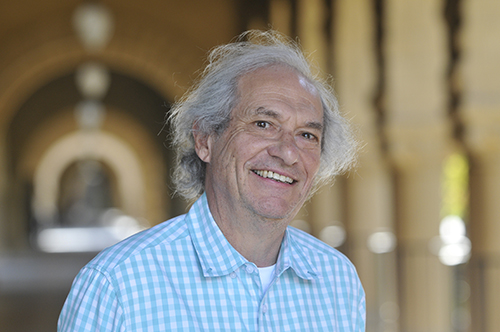Overview
[ Français ]
Grandes conférences publiques du Centre de recherches mathématiques
Closing of the CRM's 50th anniversary celebration

TITLE: ADDING NUMBERS AND SHUFFLING CARDS
ABSTRACT: When numbers are added in the usual way, 'carries' appear along the way. It is natural to ask 'how do the carries go'? How many are typical; if we just had a carry is it more or less likely that we have a following carry? It turns out that this is very close to the question 'how many times should a deck of cards be shuffled to mix it up' (!). I will explain the connection in a talk aimed at a non specialist audience.
DATE: Wednesday, November 27, 2019
VENUE: Amphithéâtre (S1-151) Pavillon Jean-Coutu
2940, chemin de Polytechnique, Montréal H3T 1J4
5:00 pm : speeches for the 50th anniversary of the CRM
5:30 pm : lecture by Persi Diaconis
To see the lecture’s video recording
BIOGRAPHY
Persi Diaconis is an American mathematician born in 1945. His interest for magic tricks made him leave school early on, but his fascination for mathematics and, in particular, probability theory brought him back there. He obtained his doctorate from Harvard University and he is now the Mary V. Sunseri Professor of Statistics and Mathematics at Stanford University. He received twice a MacArthur Fellowship and was awarded the Rollo Davidson Prize and the Van Wijngaarden Award. He was elected to the American National Academy of Sciences and is Fellow of the American Mathematical Society. He is recognized for his mathematical results on games of chance and gambling: How many shuffle does it take to make a deck of cards random? Are a coin tail and head really equiprobable? The website youtube offers several of his pedagogical presentations.